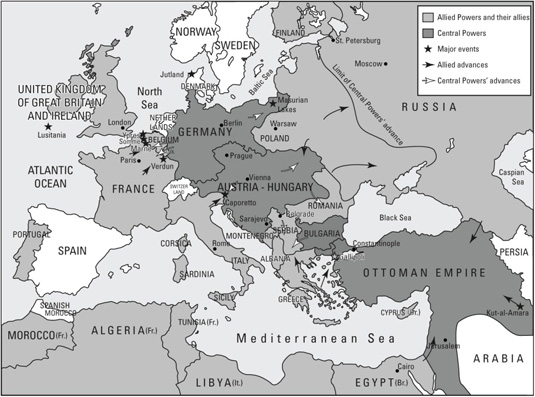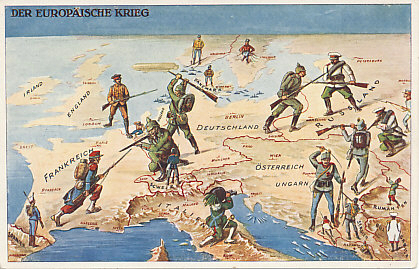

One aim of the paper is to illustrate how such retrospective life data can further our understanding of effects of early-life conditions as affected by large external shocks, such as a war. 2 Moreover, we will provide evidence in this paper that these recalled events in the SHARE retrospective about the war matched the historical record. Smith (2009b) investigated several quality markers and showed that his childhood health instrument was successful in matching known secular trends in childhood illnesses decades in the past. But that concern has been lessened by a realization that recall of events during childhood is better than for other periods of life, particularly if events are salient as they certainly are in this application. There is legitimate concern about the quality of recall data, particularly for time periods decades in the past. Since the end of WWII, western continental Europe has had a rich and sometime tumultuous economic and political history, the effects of which on its residents are not well documented. 1 The co-existence of current prospective data combined with retrospective data on key events that preceded the survey baseline opens up important new research opportunities not before possible, and not simply those associated with the WWII. There simply are no micro economic panel data in either the United States or in Europe that have prospectively tracked people for that long a time period. SHARE not only measures major contemporaneous economic and health outcomes of adults over age 50 in these European countries, but includes retrospective modules meant to capture salient parts of early life experiences, including those related to the war. To our individual-level analysis of the multidimensional effects of a major shock that affected life circumstances, we add new dimensions to a rapidly increasing literature that aims at explaining the causes of health and wealth gradients in labor and health economics (see Deaton, 2007 Smith, 2009a Heckman, 2012). We also collected external data on casualties, timing and location of combat action, yearly GDP by country, population movements, and male-female population ratios. SHARE covers representative samples of the population aged 50 and over in 13 European countries, with about 20,000 observations. Our research relies on retrospective life data from the European Survey of Health, Aging, and Retirement in Europe (SHARE) that have recently become available.


We explore several channels through which this war might have influenced individual lives, and document which groups of the population were most affected. In this paper, we investigate long-run effects of World War II on late-life economic and health outcomes in Western continental Europe (health, education, labor market outcomes and marriage). Due to WWII, political and economic systems in many countries would be permanently altered. Horrendous crimes against humanity were committed. Many, including young children, would personally witness the horrors of war as battles and bombing took place in the very areas where they lived. Families were separated for long periods of time, and many children lost their fathers. Periods of hunger became more common even in relatively prosperous Western Europe. Many individuals were forced to abandon or give up their property without compensation and to move on to new lands. Large amounts of physical capital were destroyed through six years of ground battles and bombing.

The Second World War (WWII) was one of the major transformative events of the 20th century, with 39 million deaths in Europe alone.


 0 kommentar(er)
0 kommentar(er)
